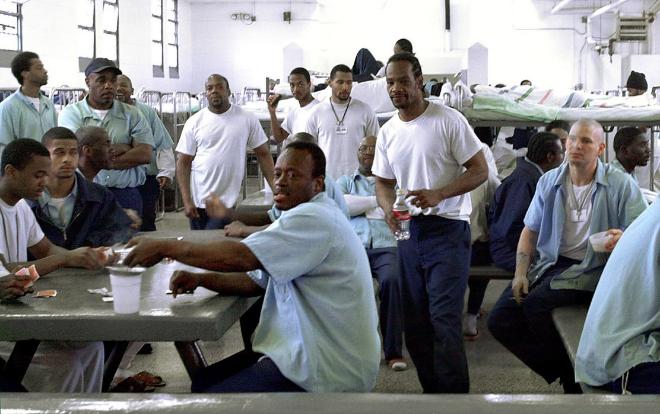June 14, 2015 - Five years ago, while America clutched a tin cup during the recession, politicians shouted hallelujah about saving money by reducing the country’s grossly bloated prison population.
The national inmate count declined fractionally for a few years, reaping celebratory headlines. One expert quoted by the New York Times declared “the beginning of the end of mass incarceration.”
Then came the bipartisan miracle–the Koch brothers linking arms with libertarians and progressives to declare support for criminal justice reform, prompting dreamy talk about cutting prison rolls in half, to levels last seen before mandatory minimum madness began in the 1990s.
But as another legislative season toddles to a close, where are the broad reforms?
“Right now, the focus is still on reforming sentencing for nonviolent, first-time offenders,” says Nkechi Taifa [3], a senior policy analyst with the Open Society Foundations. “This the safe, low-hanging fruit of reform…And it’s like pulling hen’s teeth to even get that kind of legislation passed.”
How will the nation’s prison population decline significantly if there is no political will to reform hard-time sentences, including lifers?
“It won’t,” says Julie Stewart, president of Families Against Mandatory Minimums [4].
In fact, Pew now projects [5] that state prison populations will increase by 3 percent over the next four years, begging the question of whether the heralded end of mass incarceration was dead on arrival as a political issue.
Lifers Excluded from Reforms
America’s growing lifer population is a quandary that pols choose to ignore.
“This population is treated as out of sight, out of mind,” says Ryan King [6], an Urban Institute senior fellow who tracks sentencing trends. “It’s like we don’t want to deal with the problem—and life-without-parolers (LWOPs) are the most extreme example.”
A sentence of life without parole has become popular (and more palatable to some jurors) as capital punishment has ebbed in many states. Some Americans find solace in the adage that there is just one way for an LWOP to leave prison: in a hearse.
“It condemns you to die in prison,” Open Society’s Taifa told me. “It doesn’t matter how much you’ve changed, no matter that you’ve aged out of committing crime, no matter how much you’ve tried to better yourself. There is no hope for you.”
Two years ago, Ashley Nellis of The Sentencing Project reported [7] that state and federal prisons held 160,000 lifers, nearly 50,000 of whom were LWOPs, with had no hope for parole.
For context, the number of lifers incarcerated today nearly matches the entire U.S. prison population in 1968. The lifer population began to mushroom in the 1980s—34,000 in ’84, 70,000 in 1992, 128,000 in 2003. The boom in life-without-parolers started in the early ‘90s, just as the crime rate began its precipitous drop. The number of LWOPs nearly tripled between 1992 and 2003, from 12,500 to about 34,000. (continued)


